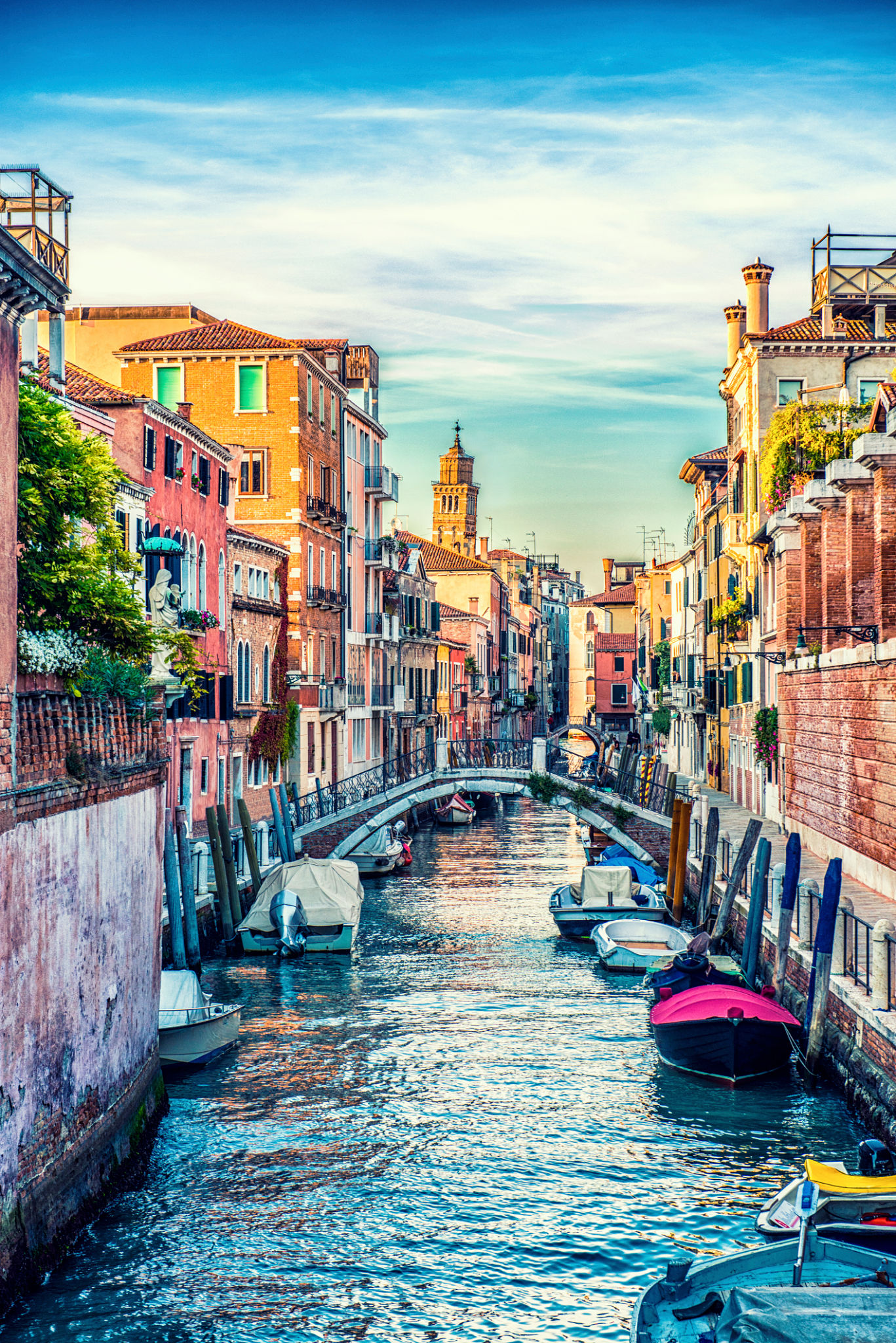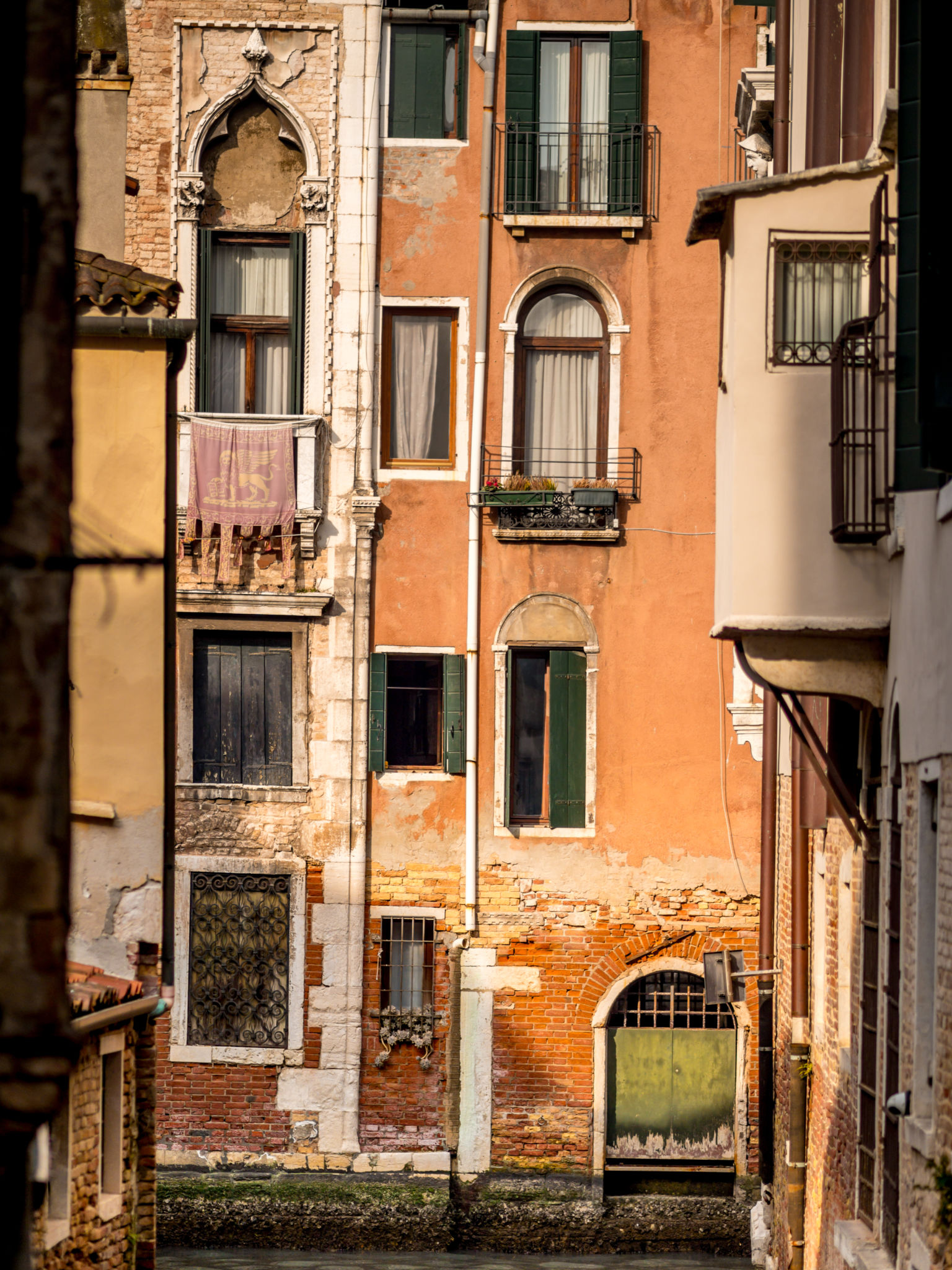Architectural Wonders of Venice: Photography Techniques and Tips
MB
Introduction to Venice's Architectural Marvels
Venice, a city floating on the waters of the Adriatic Sea, is renowned for its stunning architecture that seamlessly blends Gothic, Renaissance, and Baroque styles. As a photographer, capturing these architectural wonders can be both a thrilling and challenging experience. This guide provides essential photography techniques and tips to help you capture the essence of Venice’s architectural beauty.

Understanding Light and Shadows
One of the most critical aspects of architectural photography is understanding how light interacts with structures. In Venice, this becomes even more crucial due to the city's unique position surrounded by water, which reflects light in fascinating ways. The early morning and late afternoon are ideal times for photography, as the soft, diffused light during these hours can highlight architectural details and create dramatic shadows.
Consider using a polarizing filter to reduce glare from the water and enhance the saturation of the sky. This can make your images more vibrant while ensuring that the architecture stands out against the natural backdrop.
Composing Your Shot
Composition is key when photographing Venice's architecture. Aim to capture the symmetry and intricate details of iconic structures such as St. Mark's Basilica or the Doge's Palace. Utilizing the rule of thirds can help create balanced and aesthetically pleasing images. Additionally, leading lines—such as canals or arches—can guide the viewer's eye through your photograph, adding depth and interest.

Experiment with different angles and perspectives to showcase the grandeur of Venice's architecture. Climbing to higher vantage points or shooting from the water level can offer unique views that highlight the city's architectural diversity.
Capturing Reflections
Venice is famously interwoven with canals, providing ample opportunities to capture stunning reflections of its architecture. Reflections can create a sense of harmony and add an artistic touch to your photographs. To achieve this, focus on finding calm water surfaces where the reflection is clear and undistorted.
If you want to enhance reflections in your shots, consider shooting during the blue hour—just before sunrise or after sunset—when the sky casts a beautiful blue tone over the city and its waters.

The Role of Texture and Detail
Venice's architecture is rich in texture and detail, from intricate carvings to ornate facades. Highlighting these elements can add depth to your photographs. Use a zoom lens to focus on specific architectural details, or get up close with a wide-angle lens to capture a broader perspective while still emphasizing intricate details.
Pay attention to weathered surfaces and aged materials, as they tell a story of Venice's history and resilience. Capturing these textures can convey a sense of time and place that resonates with viewers.
Post-Processing Tips
Post-processing can enhance your architectural photographs of Venice, bringing out colors and details that may be subdued in the original image. Use editing software to adjust exposure, contrast, and color balance to achieve your desired look. However, it's essential to maintain a natural feel to preserve the authenticity of Venice’s charm.

Experiment with black-and-white processing for a classic look that emphasizes contrast and form. This technique can be particularly effective in showcasing the timeless elegance of Venetian architecture.
Conclusion
Photographing the architectural wonders of Venice offers an unparalleled opportunity to capture the beauty and history of this iconic city. By understanding light, composition, and post-processing techniques, you can create stunning images that convey the unique spirit of Venice. Whether you're a seasoned photographer or a beginner, these tips will help you make the most of your photographic journey in this enchanting city.
